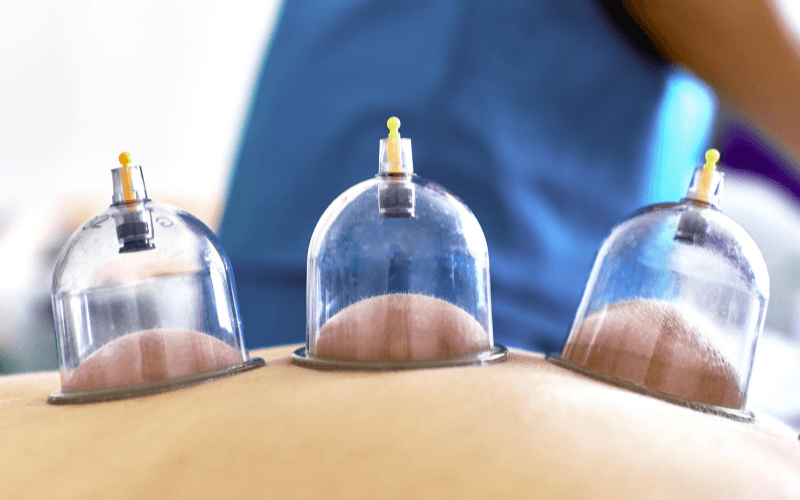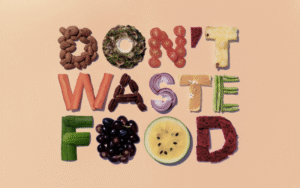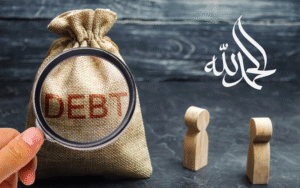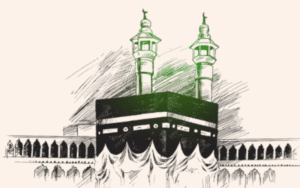A Deeper Look into Cup Therapy in Islam: Science & Spirituality

Among the many healing practices passed down through millennia, ‘Hijama,’ or ‘cupping therapy,’ is experiencing a global resurgence in interest. It’s more than just a traditional remedy; for the Muslim community, the practice of cup therapy in Islam is deeply connected to religious sentiment and prophetic guidance. This article, therefore, offers a balanced and detailed exploration of Hijama, examining its religious importance alongside its scientific mechanisms, benefits, and, most importantly, its limitations and safety precautions.
What is Hijama and How Does It Work?
Hijama (Arabic: حجامة) is an alternative medicine practice where a practitioner creates a vacuum on specific points of the skin using cups. There are two main types:
- Dry Cupping: This method involves simply placing the cups and creating a vacuum, which helps to increase blood flow to the area.
- Wet Cupping: Following an initial session of dry cupping, the practitioner removes the cups and makes tiny, superficial incisions on the skin. Then, they reapply the cups to draw out a small amount of blood. This is the method most people refer to as Hijama.
The underlying theory suggests that this process helps remove stagnant blood, metabolic waste, and inflammatory toxins from the body. As a result, it stimulates natural blood circulation and promotes the body’s own healing processes.
The Significance of Cup Therapy in Islam: Prophetic Medicine
Hijama holds a special place in Islam primarily because the Prophet Muhammad (ﷺ) practiced it himself and recommended it to his followers.
- Recognized as a Superior Treatment: A hadith narrates, “Indeed, the best of remedies you have is Hijama (cupping).” (Sahih al-Bukhari, 5696)
- Recommended by the Angels: Furthermore, a hadith mentions that during his night journey (Al-Isra’ wal-Mi’raj), the angels recommended Hijama to the Prophet (ﷺ) for his nation. (Sunan al-Tirmidhi, 2053)
This strong historical and religious context makes Hijama an integral part of Muslim culture and wellness practices.
Key Hijama Therapy Benefits Supported by Research
While the scientific community calls for more extensive and controlled clinical trials, a growing body of research from around the world points to several potential benefits of cupping therapy.
- Pain Management: For instance, studies published in journals like The Journal of Pain and PLoS One suggest that cupping therapy can be effective in reducing chronic pain, such as back pain, neck pain, and migraines. Researchers believe the proposed mechanisms include the “Pain-Gate Theory” and the release of endorphins, the body’s natural painkillers.
- Reduced Inflammation: In addition, some research has found that the blood collected during wet cupping contains inflammatory markers like prostaglandins. Removing these substances may consequently help reduce local inflammation in the body.
- Improved Blood Circulation: The vacuum created by the cups actively dilates the capillaries, which enhances local blood flow, or microcirculation. This process allows cells to receive more oxygen and nutrients, which can accelerate healing.
However, it’s crucial to remember that Hijama is not a “miracle cure,” and scientists are still actively researching its precise mechanisms.
Understanding Hijama Side Effects, Risks, and Limitations
Like any medical procedure, Hijama has its limitations and potential risks. For this reason, understanding these points is essential for making an informed decision.
Common Side Effects:
- Circular bruises or skin discoloration where the cups were placed (these typically fade within a few days).
- Mild pain or discomfort at the incision sites.
- Minor skin irritation or itching.
Potential Risks:
- Infection: If a practitioner uses unsterilized equipment or performs the procedure in an unsanitary environment, a serious risk of skin infection exists.
- Excessive Bleeding: An inexperienced practitioner making incisions too deep creates a risk of excessive bleeding.
- Scarring: In some cases, the procedure may result in permanent scars or skin discoloration (keloids).
- Dizziness or fainting, especially in individuals who are nervous about the sight of blood or are physically weak.
Who Should Avoid Hijama? (Contraindications)
It is imperative to consult with an experienced physician or specialist before undergoing Hijama, especially under the following conditions:
- Pregnancy.
- Severe Anemia.
- Patients taking anticoagulants (blood thinners) such as Warfarin, Aspirin, or Clopidogrel.
- Individuals with hemophilia or other blood-clotting disorders.
- Older people, especially those who are frail.
- On areas of the skin with active conditions like psoriasis or eczema.
- Patients with unstable high blood pressure or serious heart conditions.
Conclusion: A Union of Tradition and Science
In summary, Hijama is an ancient healing practice with immense religious significance, making cup therapy in Islam a unique blend of spiritual and physical wellness. While some modern research supports its benefits, one should not view it as a replacement for conventional medical treatment.
Instead, most practitioners consider it a complementary therapy. Therefore, the most critical takeaway is that anyone considering Hijama must seek a trained, qualified, and experienced professional who guarantees the use of clean, sterilized equipment. By approaching this ancient practice with knowledge and caution, it is possible to benefit safely from what it has to offer.
Frequently Asked Questions
What is Hijama and How Does It Work?
'Hijama,' or cupping therapy, is an ancient alternative medicine practice where a practitioner places special cups on the skin to create a vacuum. This suction pulls the skin and superficial muscle layer into the cup.
There are two main types:
- Dry Cupping: The cups are placed on the skin to create suction, which increases blood flow to the area.
- Wet Cupping: After dry cupping, the practitioner makes small, superficial cuts on the skin before reapplying the cups to draw out a small amount of blood.
The underlying theory suggests that this process helps remove stagnant blood and promotes natural blood circulation and healing.
Is Hijama painful?
Most people report a slight pulling or pressure sensation during the cupping process. The tiny incisions made during wet cupping are usually superficial and cause minimal, if any, pain. Any discomfort is typically temporary.
Are there any side effects or risks of Hijama?
Common side effects include circular bruises or skin discoloration, which fade within a few days. The main risks are infection from unsterilized equipment, excessive bleeding, or scarring if the practitioner is inexperienced. Therefore, it is crucial to seek a qualified and certified practitioner.
Who should avoid getting Hijama?
Hijama is not recommended for everyone. It should be avoided by pregnant women, individuals with severe anemia or hemophilia, and people on blood-thinning medications. It's essential to consult with a doctor or a qualified practitioner before undergoing the procedure, especially if you have pre-existing health conditions.
Is Hijama scientifically proven?
While the scientific community calls for more extensive research, a growing number of studies suggest potential benefits of cupping therapy, especially for pain management, reducing inflammation, and improving blood circulation. However, it's not a miracle cure and should be viewed as a complementary therapy, not a replacement for conventional medical treatment.









